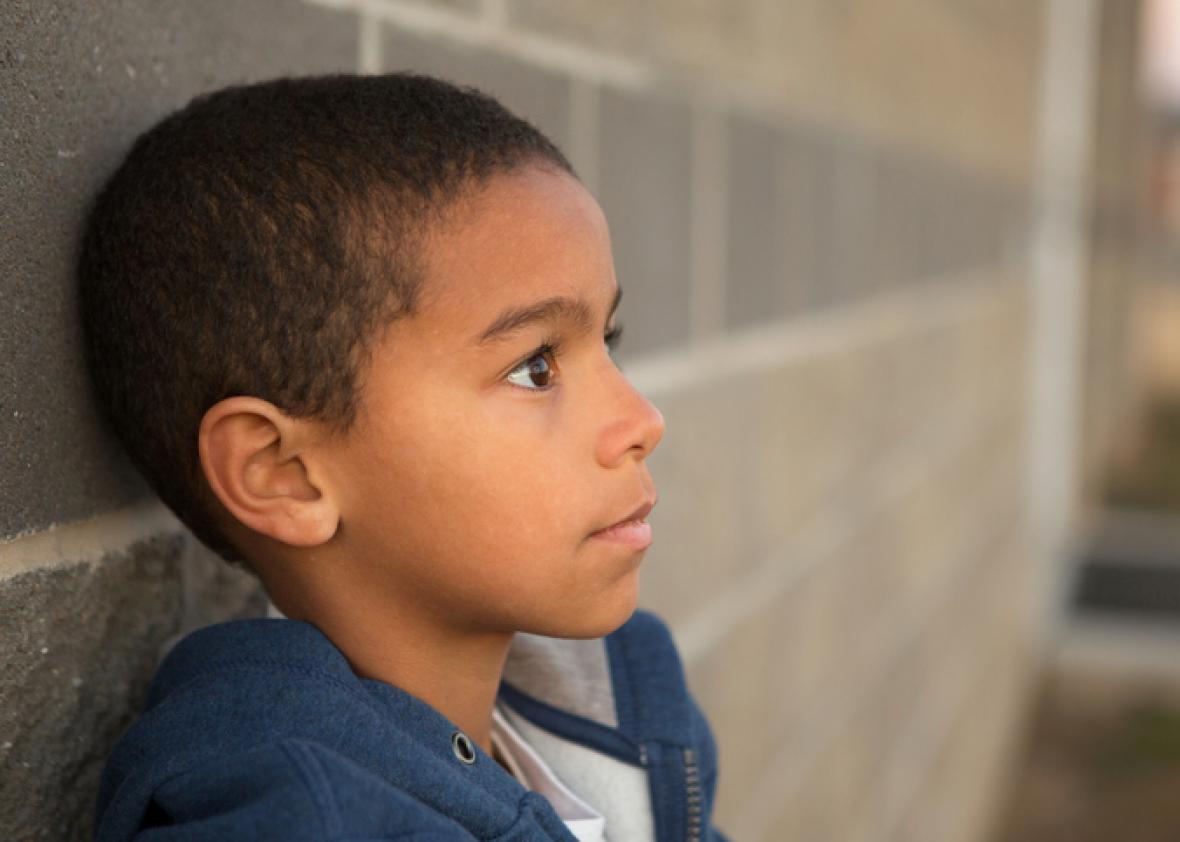More than 160,000 children were physically disciplined in public schools during the 2013-2014 school year in the 19 states that allow corporal punishment. According to a recent data analysis from the Society for Research in Child Development, black children, boys, and students with disabilities are disproportionately subjected to corporal punishment, usually with a wooden paddle or a teacher’s hand.
The report used information released by the U.S. Department of Education’s Office of Civil Rights on 36,942 public schools in all 4,460 districts that allow corporal punishment. In Arkansas, Alabama, and Mississippi, more than half of all school districts endorse physical discipline; in schools that allow it in the latter two states, black children are at least 51 percent more likely to experience corporal punishment than their white peers. Seven percent of all Mississippi students were corporally disciplined in public schools in the 2011-2012 school year.
Children as young as preschool students get struck, spanked, and otherwise physically punished for all manner of conduct violations in schools, sometimes for trivial transgressions like using a cell phone or failing to complete a homework assignment. Students with disabilities, who are over 50 percent more likely to experience corporal punishment than nondisabled students in two-thirds of Alabama school districts, are often physically disciplined for behaviors that are directly related to their disabilities. A 2009 report from Human Rights Watch and the American Civil Liberties Union described cases of “students with Tourette syndrome being punished for exhibiting involuntary tics and students with autism being punished for repetitive behaviors such as rocking.”
The gender disparities in corporal punishment are wide: Boys are five times more likely to be physically disciplined than girls in at least 20 percent of school districts in eight southern states. This contributes to a nexus of discrimination and physical punishment at the intersection of blackness, maleness, and disability. Of all black boys with disabilities attending U.S. schools that allow corporal punishment, a full 16 percent have been subjected to the practice.
That’s unacceptable. Physical harm from corporal punishment is real: In a 2003 position paper, the Society for Adolescent Medicine reported thousands of students have required medical treatment for hematomas, abrasions, whiplash, and fat hemorrhage as a result of school officials’ physical discipline. But the emotional and psychological damage may last even longer. Corporal punishment makes children afraid of adults, shreds their self-esteem, turns a school building into a site of trauma, and teaches kids that violence is an appropriate response to an affront or injustice.
The SRCD’s new analysis notes that states that have banned corporal punishment in schools have not seen a rise in juvenile crime, which suggests that it’s not some kind of necessary evil whose benefits outweigh its consequences. In some places, violent behaviors that would be prosecuted as child abuse if perpetrated by a parent—beating a child with a board, for instance—are legally endorsed for teachers and school administrators. Striking an animal until it’s physically hurt is a felony in most states, the report points out. Most states that allow corporal punishment don’t offer children that same protection.
